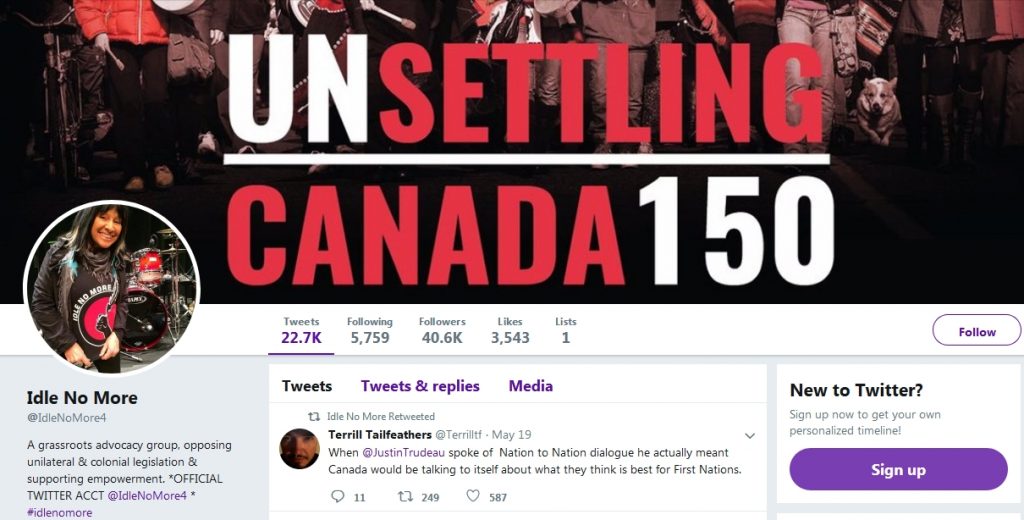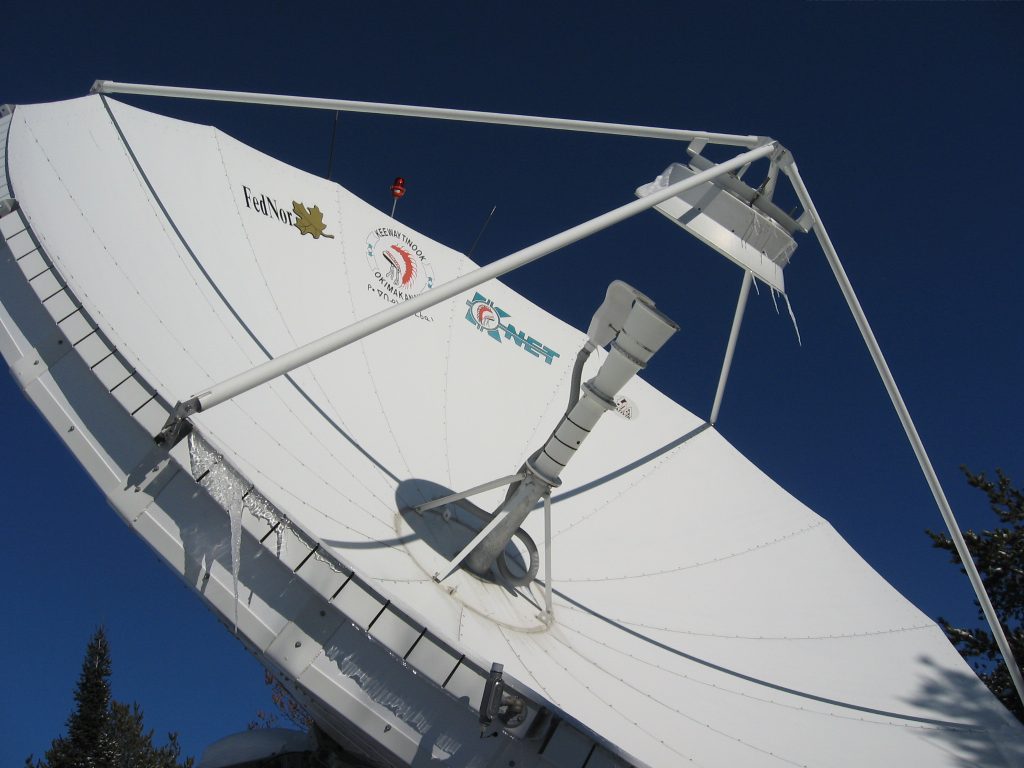This blog post is a shorter version of a paper presented at the Engaging with Web Archives (EWA20) conference in September 2020 (Book of Abstracts).
Budka, P. (2020). MyKnet.org: Traces of digital decoloniality in an indigenous web-based environment. Paper at Engaging with Web Archives (EWA20): “Opportunities, Challenges and Potentialities”, Online (hosted by Maynooth University), 21-22 September.
This blog post builds on selected results of an anthropological project that explored various indigenous engagements with digital media, technologies and infrastructures in Northwestern Ontario, Canada (e.g., Budka, 2015, 2019; Budka et al. 2009). The project was conducted in cooperation with the First Nations internet organization Keewaytinook Okimakanak Kuh-ke-nah Network (KO-KNET).
In this post I briefly reflect upon traces of “digital decoloniality”, a concept borrowed from Alexandra Deem (2019), by exploring selected aspects of the sociotechnical history of KO-KNET’s web-based environment MyKnet.org and by discussing facets of a MyKnet.org user’s digital biography.
KO-KNET & MyKnet.org

In 1994, the tribal council Keewaytinook Okimakanak (KO) established the Kuh-ke-nah Network (KO-KNET) to connect Canada’s indigenous people in Northwestern Ontario’s remote communities through and to the internet. At that time, a local telecommunication infrastructure was almost non-existent. KO-KNET started with a simple bulletin board system that developed into a community-controlled ICT infrastructure, which today includes landline and satellite broadband internet as well as internet-based mobile phone communication (e.g. Fiser & Clement, 2012).
Together with local, regional and national partners, KO-KNET developed different services: from e-health and an internet high school to different remote training programs. The most mundane of those services was the digital environment MyKnet.org, which enabled First Nations people to create personal homepages within a cost- and commercial-free space on the web.
MyKnet.org was set up in 1998 exclusively for the First Nations people of Northwestern Ontario. By the early 2000s, a wide set of actors across Northwestern Ontario, a region with an overall indigenous population of about 45,000, had found a new home on this web-based platform. During its heyday, MyKnet.org had more than 30,000 registered user accounts and about 25,000 active homepages.
With the advent and rise of commercial social media platforms, such as Facebook, user numbers began to drop. To reduce administrative and technical costs, KO-KNET decided to switch to WordPress as hosting platform in 2014. Since this required users to set up new websites, numbers continued to fall. In early 2019, there were only 2,900 homepages left and MyKnet.org was shut down a couple of months later.
Continue reading MyKnet.org: Traces of digital decoloniality in an indigenous web-based environment
